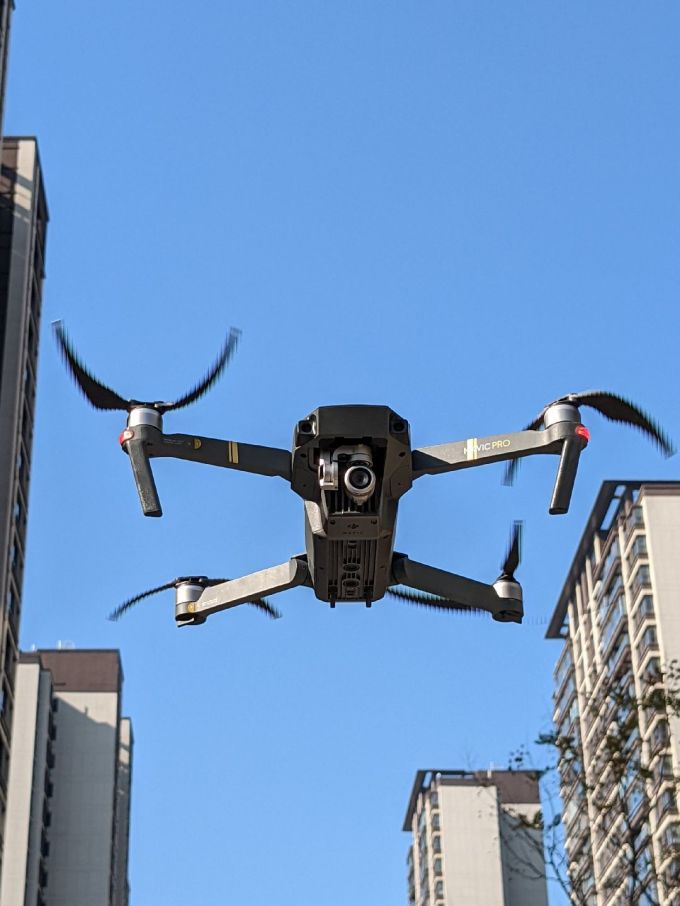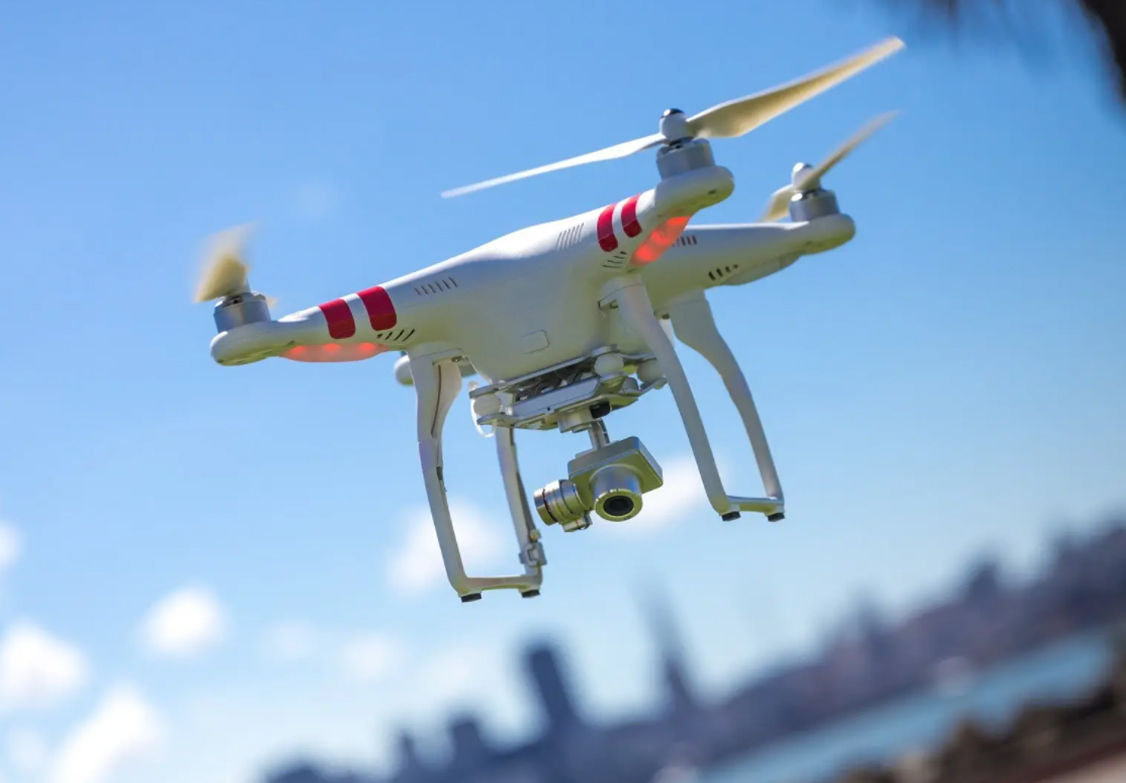Predator drones, also known as unmanned aerial vehicles (UAVs), have become a significant aspect of modern warfare and surveillance operations. These drones offer a unique combination of extensive reach, precise targeting, and exemplary surveillance capabilities. While they have been widely utilized in military applications, there are numerous insights into their functionality and potential innovations that are worth exploring to understand their multifaceted nature.
Capabilities of Predator Drones
Predator drones are equipped with advanced radar and imaging technology, allowing them to perform high-altitude reconnaissance missions. This technology enables the operators to gather crucial intelligence without risk to human life. The drones can function continuously for extended periods, providing consistent oversight and security in various terrains. Their ability to hover, adjust altitude quickly, and cover vast areas efficiently makes them indispensable assets for military intelligence.
Precision Targeting and Offensive Operations
Among their many capabilities, precision targeting stands out. Predator drones can be outfitted with smart missiles and other munitions, allowing them to engage targets with minimal collateral damage. These drones rely on sophisticated GPS and laser-guidance systems to achieve pinpoint accuracy. This precision is paramount when conducting operations in civilian regions or environments requiring careful approach to avoid unintended consequences.
Beyond military applications, Predator drones are increasingly used in border surveillance, providing real-time data to enforcement agencies so that illegal crossings or activities can be promptly intercepted. The adaptability of these drones comes into play here, as they can be quickly deployed to varying locations with minimal logistic requirements.
Innovations in Predator Drone Technology
Technological advancements continue to reshape the operational scope and effectiveness of Predator drones. New developments in battery life, autonomous navigation systems, and enhanced imaging technology are making them more powerful and versatile. Engineers are focusing on improving their stealth capabilities, making them less detectable by radar, which enhances their utility in covert operations. Moreover, there is ongoing research into integrating artificial intelligence, allowing drones to perform certain tasks independently without direct human intervention.
- Improved AI systems promise to revolutionize how drones interpret data and make decisions, thereby increasing operational efficiency.
- The utilization of lighter composite materials is enhancing fuel efficiency and flight endurance, allowing drones to remain airborne longer without replenishment.
In civilian fields, innovations in drone technology are harnessed for environmental monitoring, agricultural assessments, and disaster management, showcasing their versatility beyond defense roles.
Future Prospects
As Predator drones continue to evolve, they are expected to expand their roles in both military and civilian sectors. The focus is on enhancing their multi-mission capabilities, situational awareness features, and integration with other systems. With the rise in cybersecurity concerns, keeping drone communication secure yet efficient remains a priority.
FAQs on Predator Drones
What is the primary use of Predator drones? Predator drones are primarily used for military reconnaissance and targeting operations. They offer strategic advantages such as reduced human risk and precise strike capabilities.
Predator drones are primarily used for military reconnaissance and targeting operations. They offer strategic advantages such as reduced human risk and precise strike capabilities.

Can Predator drones be used for civilian purposes? Yes, while they are predominantly military tools, Predator drones can also assist in agriculture, environmental surveillance, and disaster relief operations.
Are Predator drones autonomous? While continuing advancements are being made, Predator drones currently require human oversight. Future iterations may incorporate more autonomous functions through AI integration.